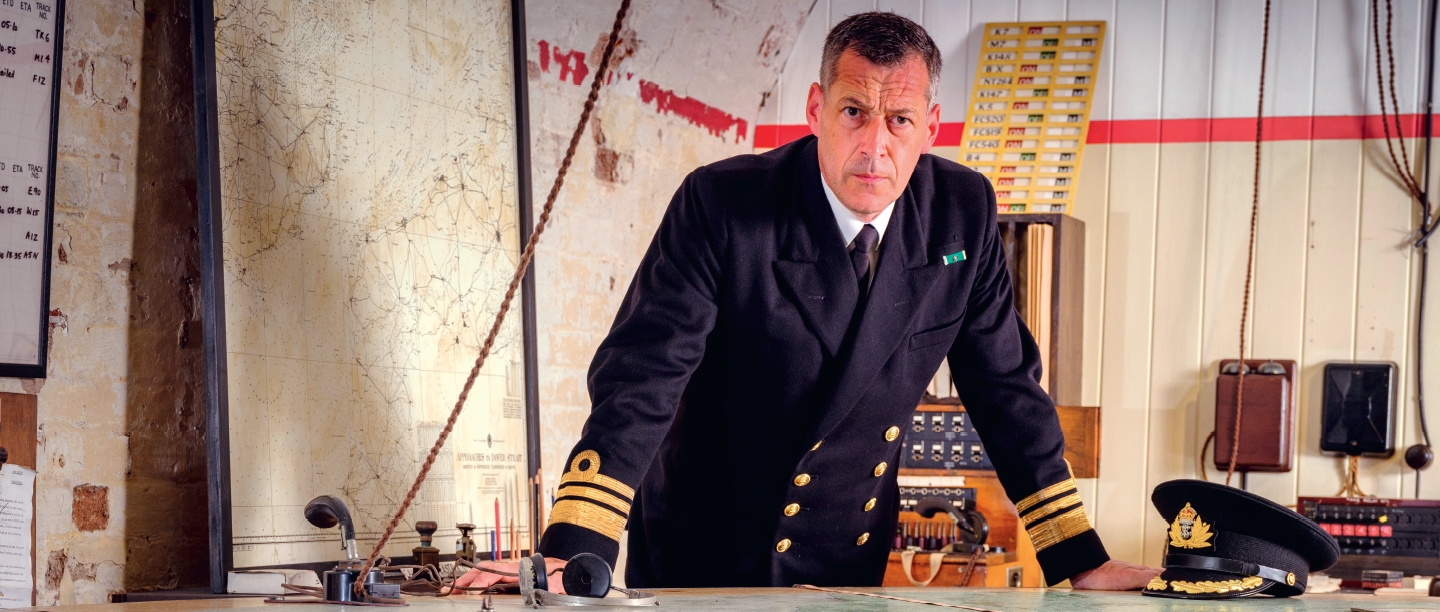MEET VICE ADMIRAL RAMSAY
Thomas: What’s happening?
We’re trying to organise the evacuation from Dunkirk. That means we’re trying to help our troops withdraw from the northern beaches of France. You see they’re trapped. They’re squeezed between the English Channel and the enemy and we’re trying to get them home.
Will: What’s your role here?
I’m a Royal Naval officer and I’m in command of the thousands of men and women who work here in this command centre.
Will: When were these tunnels built?
They were built over a hundred years ago during the Napoleonic wars. Not too long ago we started using them as a bomb shelter and then we started using them as a command centre and later as a hospital..
Will: What will happen to the troops when they get back?
They’ll be put on trains and sent to wherever they’re from in Britain. They’ll be able to spend maybe a few weeks with their family before being returned back to their units.
Thomas: Do you live in these tunnels?
For the moment, yes, because there’s an awful lot of work to do. I have a room at the end of one of the tunnels with a little window so I can see what’s going on out in the harbour. I imagine once this is over I’ll return back to the officers’ quarters up in the castle, but I also have my own home up in southern Scotland.
Will: Are we safe here?
Oh yes, we’re quite safe here. These tunnels are quite a long way underground., deep within the white cliffs. No bombs can reach you here!
NATIONAL DEFENCES
During the Second World War, Dover Castle became the centre of an important defensive area including the harbour and the town. Around 12,000 soldiers were stationed in this region. Their task was to prevent Dover from falling into enemy hands.
Under Dover Castle are large rooms connected by tunnels dug out of the chalk of the White Cliffs. These rooms, safe from enemy bombing, contained important headquarters for the soldiers and sailors defending the Strait of Dover and the coast. There was even a hospital there.
OPERATION DYNAMO
On the coast of France, the enemy had huge guns that could fire right across the sea to England. These guns fired hundreds of shells at Dover, causing great destruction and loss of life. The Dover area was so dangerous that it was nicknamed Hellfire Corner.
In May 1940, a large part of the British army and many French and Belgian soldiers were trapped at Dunkirk in France, in danger of being captured by the enemy. From Dover Castle, Vice Admiral Ramsay organised the rescue of 338,000 people in Operation Dynamo, sending all kinds of ships and small boats to bring them home.
PLAN A VISIT TO DOVER
Commanding the shortest sea crossing between England and the continent, Dover Castle has a long and immensely eventful history. Known as the ‘key to England’, this great fortress has played a crucial role in the defence of the realm for over nine centuries.
After exploring the castle, it is possible to head underground to explore the secret war tunnels carved into the white cliffs, where Vice Admiral Ramsay organised the daring Dunkirk rescue during the Second World War!
FIND OUT MOREMake your Mega Timeline!
-

Download the Prehistoric poster
-
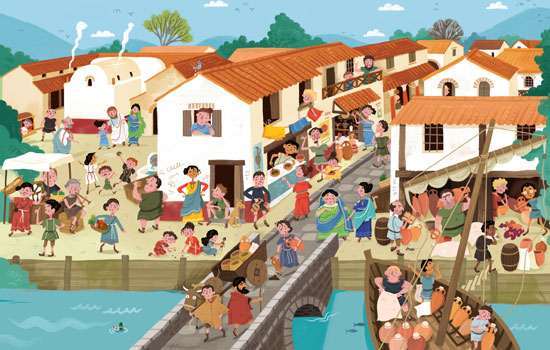
Download the Roman poster
-

Download the Anglo-Saxon poster
-
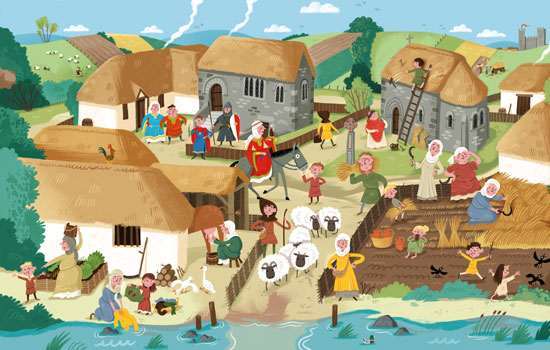
Download the Norman poster
-
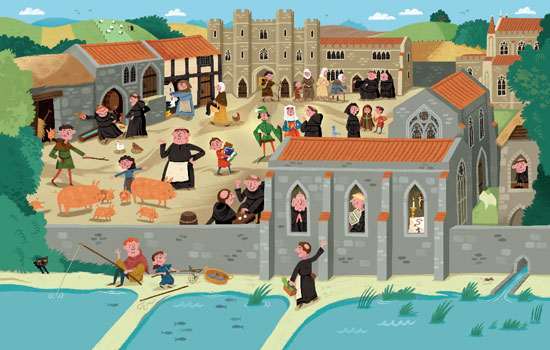
Download the Medieval Monastery poster
-
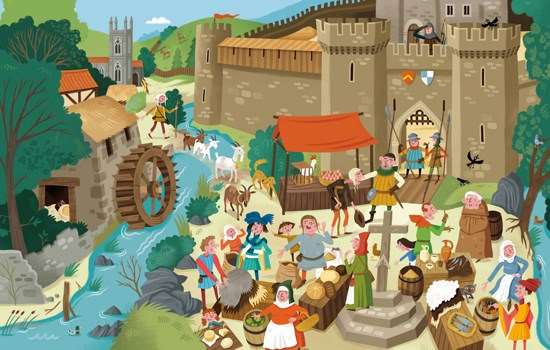
Download the Castle Poster
-
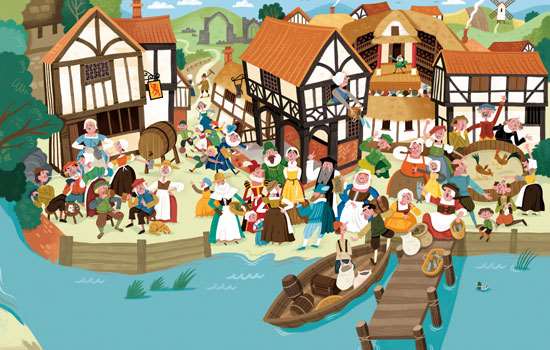
Download the Tudor poster
-
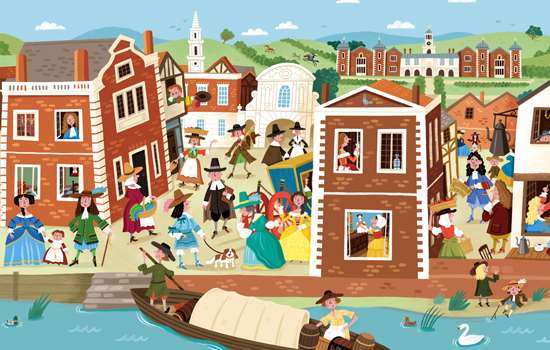
Download the Stuart poster
-
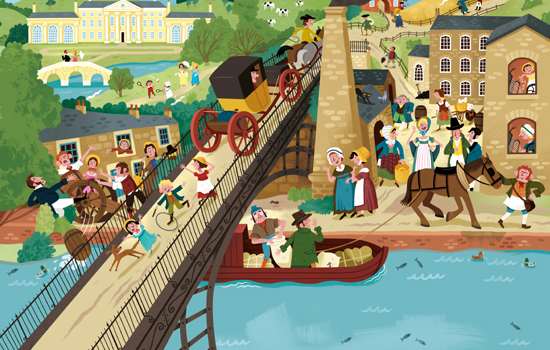
Download the Georgian poster
-
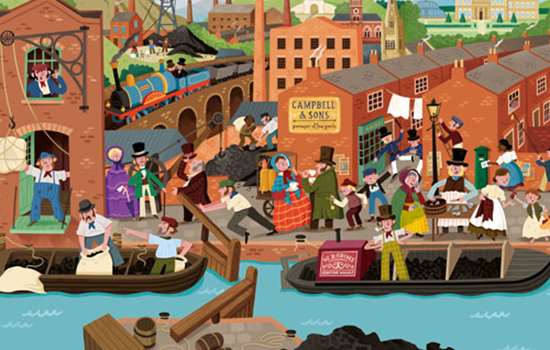
Download the Victorian poster
-
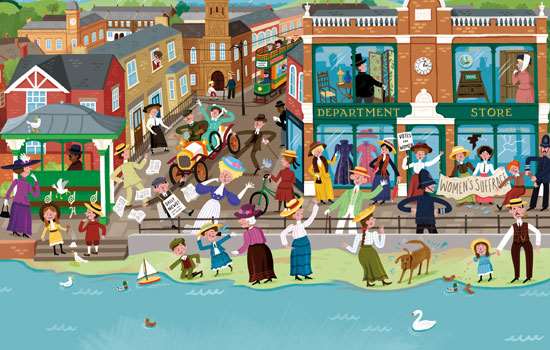
Download the Edwardian poster
-
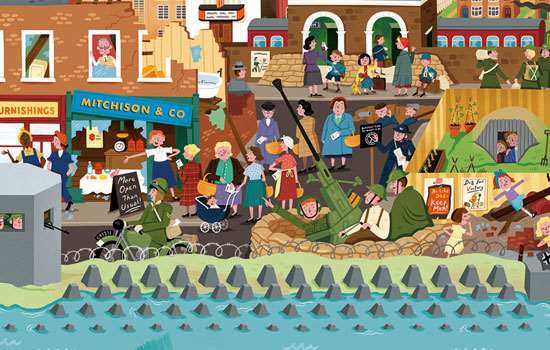
Download the Wartime poster
